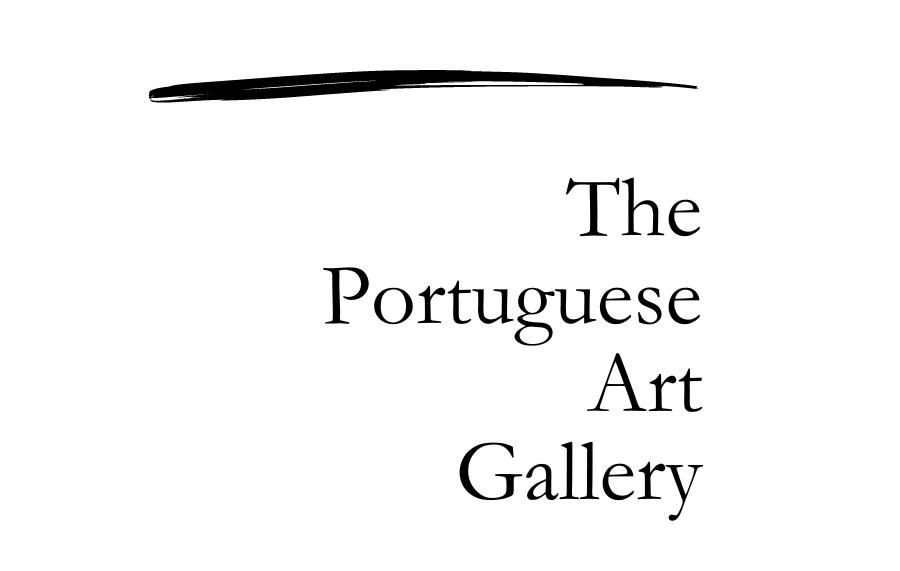Joaquim José Cardoso Rodrigo was born in 1912 in Lisbon, where he spent most of his childhood.
A self-taught artist, he became one of the most original artists of the second half of the 20th century in Portugal. A master and theoretician of concrete art, he was one of the main creators of a “new figuration” along with Paula Rego, characterized by the non-naturalism of representation. From 1954 until the end of the decade, he developed and defined a painting of rigorous geometric awareness, greatly influenced by Mondrian. His figurative aesthetic focuses on producing a critical discourse on the political and social context of Portugal in the 1960s, particularly the colonial war.
According to Alexandre Pomar, “even in the early 1960s, his creation came to be identified with the emergence of a ‘new figuration’, where representation, schematic or fragmented, should be inscribed in an indeterminate or imprecise (non-naturalistic) space.” José Augusto França, on the other hand, noted the “pop” kinship of his paintings, considering them innovative even on a European level and drawing attention to an assumed naiveté along with the expression of a primitivism capable of broadening the meaning of his “pop” inspiration.
His work is represented in important exhibitions around the world (Tokyo, 1965; Sweden, 1976; Brussels, 1986; Philadelphia, 1987; São Paulo, 1989).
He passed away in Lisbon in 1997.











